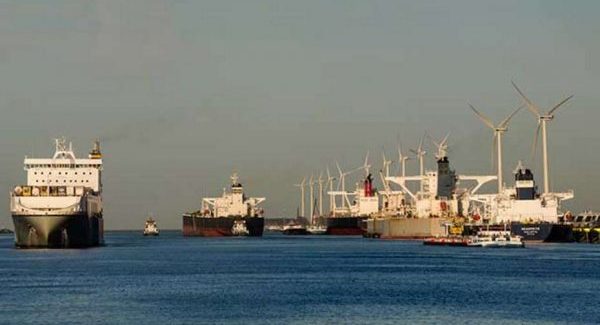In 2017 some interest groups, ports and the business sector established standards for nautical port information. This development was reached after years of international collaboration, but the attempt needs to continue, said the Port of Rotterdam.
These standards aim to uniform the terms and definitions that parties in the shipping industry and logistics apply, in order to facilitate data exchange.
“This will not only ensure a safer and more efficient chain, but it is also the only way to proceed in successfully digitising the process for freight transport. That is why it is so important that many more ports, shipping companies and other parties waste no time in embracing these standards. This should become the worldwide standard. Then everyone stands to gain,” said Andreas van der Wurff, Maersk Line, Husbandry Manager Northern Europe Region.
The standards were created by the Port Call Optimisation Task Force, the International Harbour Masters’ Association, United Kingdom Hydrographic Office and GS1. This first series of standards regard nautical terms that relate to vessels sailing in and out of ports and wants to ensure great efficiency in the area of loading ships and ship-related services.
The next series of standards will refer to freight on board. This concerns terms such as shipment and consignment and how units such as a pallet, box and container are defined.
“It would certainly be wonderful if, in the foreseeable future, we can come up with a standard that enables us to monitor the entire logistics process from production right through to the product on the shelf. To achieve this, the logistics activities in the maritime sector and ports will have to be seamlessly connected to the logistics that have gone before and have yet to come. That applies both in physical terms and in terms of information exchange,” Jaco Voorspuij, senior manager Transport and Logistics at GS1, noted.






























































